
Welcome to this video about myocardial infarction!
Our heart is the muscle that pumps blood throughout our body bringing life-giving oxygen and much-needed nutrients. It also has its own blood supply via the coronary arteries.
The term myocardial means “muscle of the heart”. An infarction is an interruption of the blood supply to a tissue, usually caused by a blood clot, or thrombus. Therefore, a myocardial infarction is the interruption of the blood supply to the heart. This typically occurs due to blockage of coronary arteries.
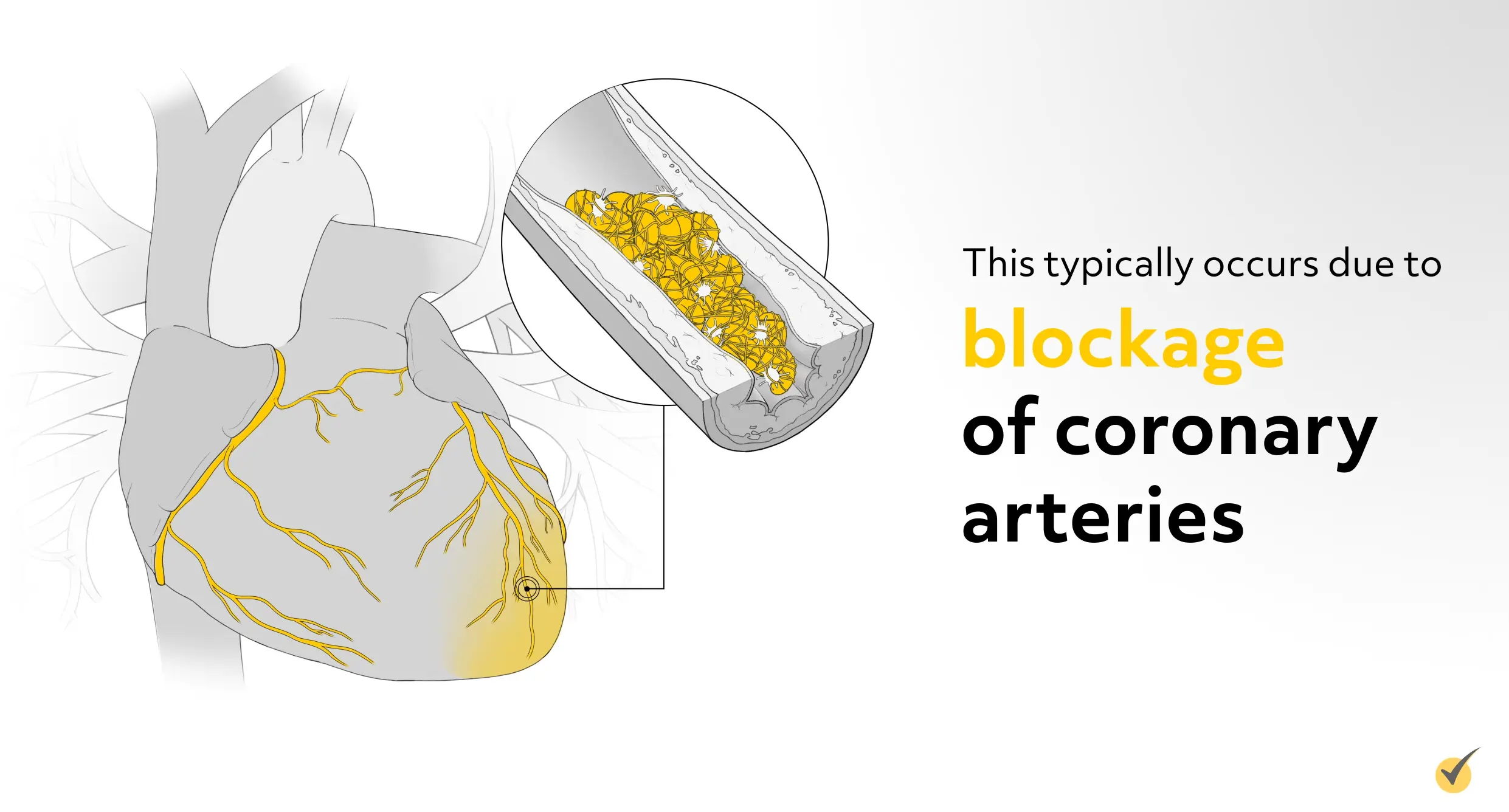
Loss of blood to an area of the heart equals loss of oxygen. When our tissues in the body are deprived of oxygen for a period of time they can become damaged and even die. Myocardial infarction is commonly referred to as a heart attack.
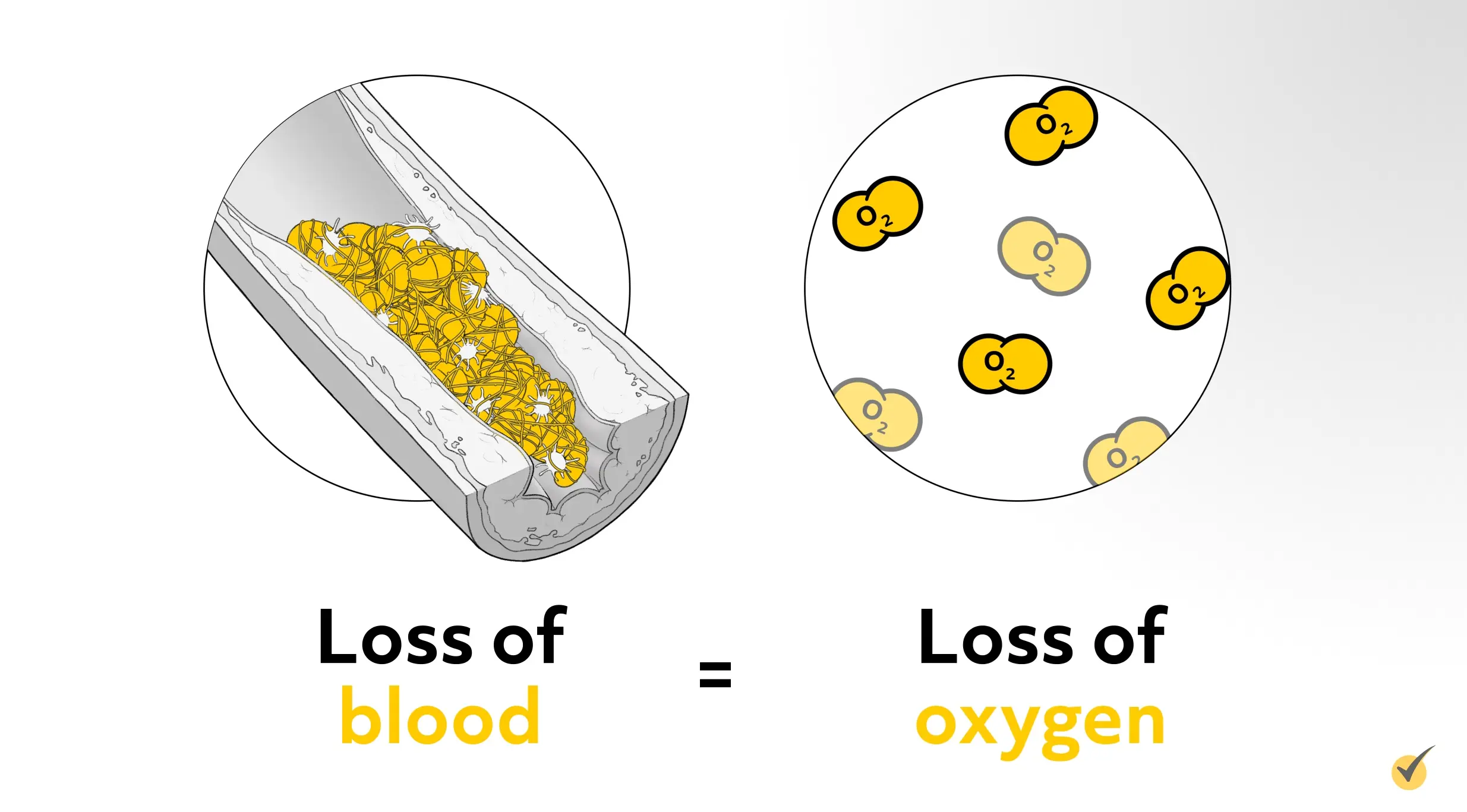
A heart attack occurs in three stages: ischemia, injury, and infarction.
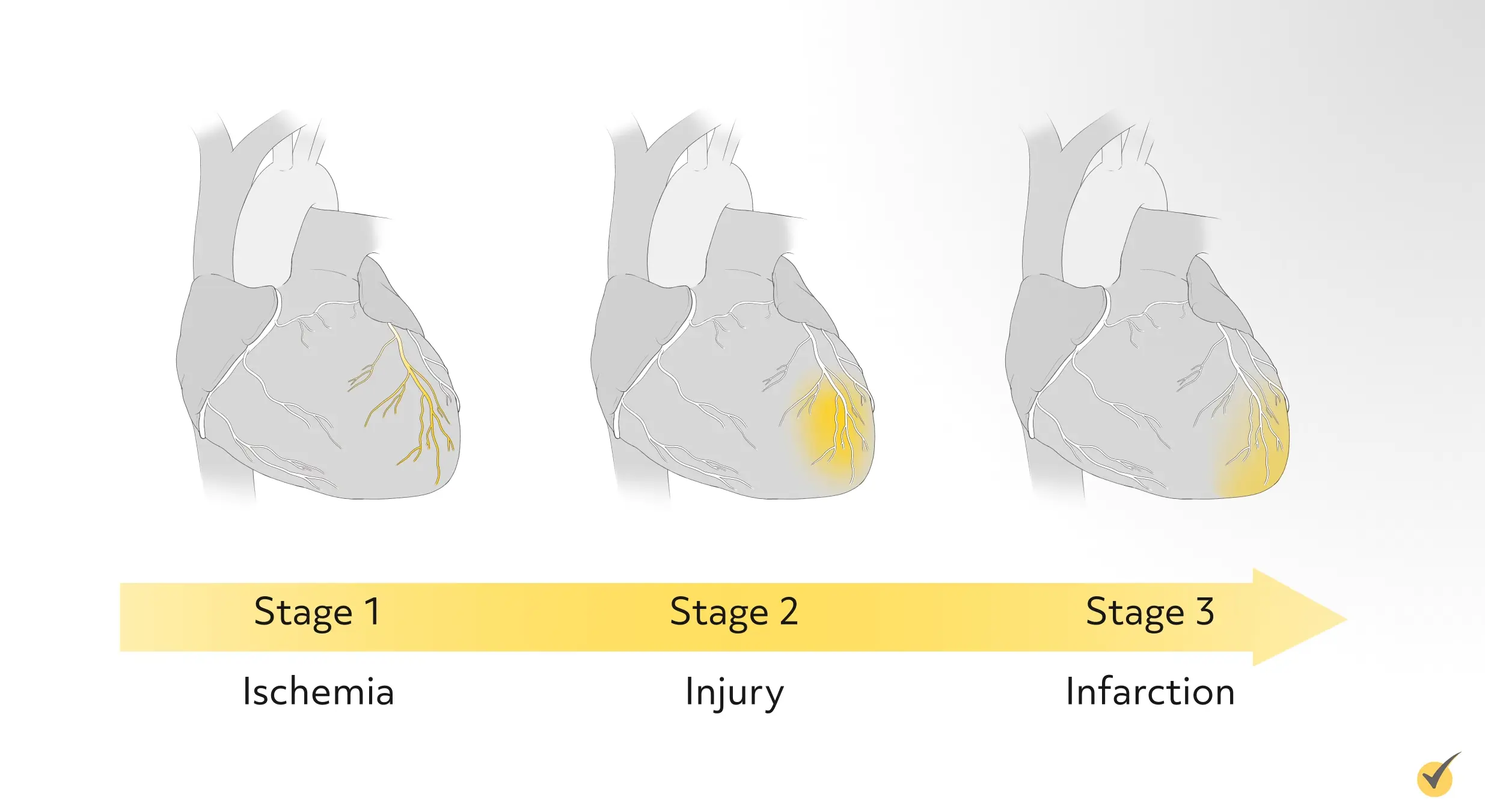
Ischemia is a restriction of blood flow (and thus a shortage of oxygen) to tissues in the body. Again, this occurs typically due to an occlusion or blood clot. Prolonged lack of oxygen to the heart muscle causes injury to the cells of the myocardium. If the circulation is not restored, cell death or infarction occurs, meaning a portion of the heart muscle dies or sustains permanent damage.
Three types of heart attack are: ST-segment elevation myocardial infarction (STEMI), Non-ST-segment elevation myocardial infarction (non-STEMI), and Coronary spasm (also known as unstable angina).
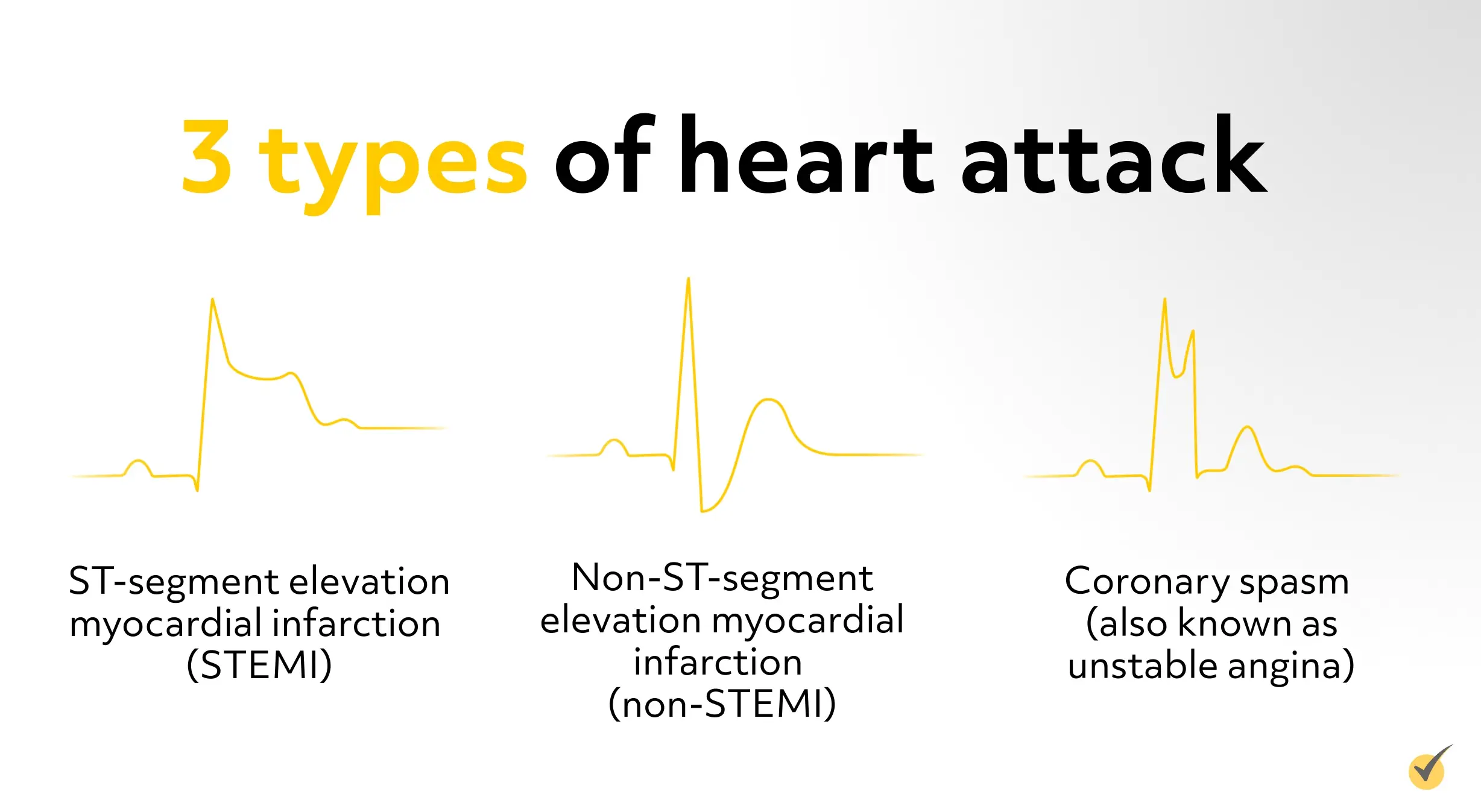
STEMI is named for the ST elevation seen on an electrocardiogram. The PQRST waves show the electrical conduction through the heart muscle, and when ST is elevated this is demonstrating a partial or complete blockage of a major coronary artery and is life-threatening.
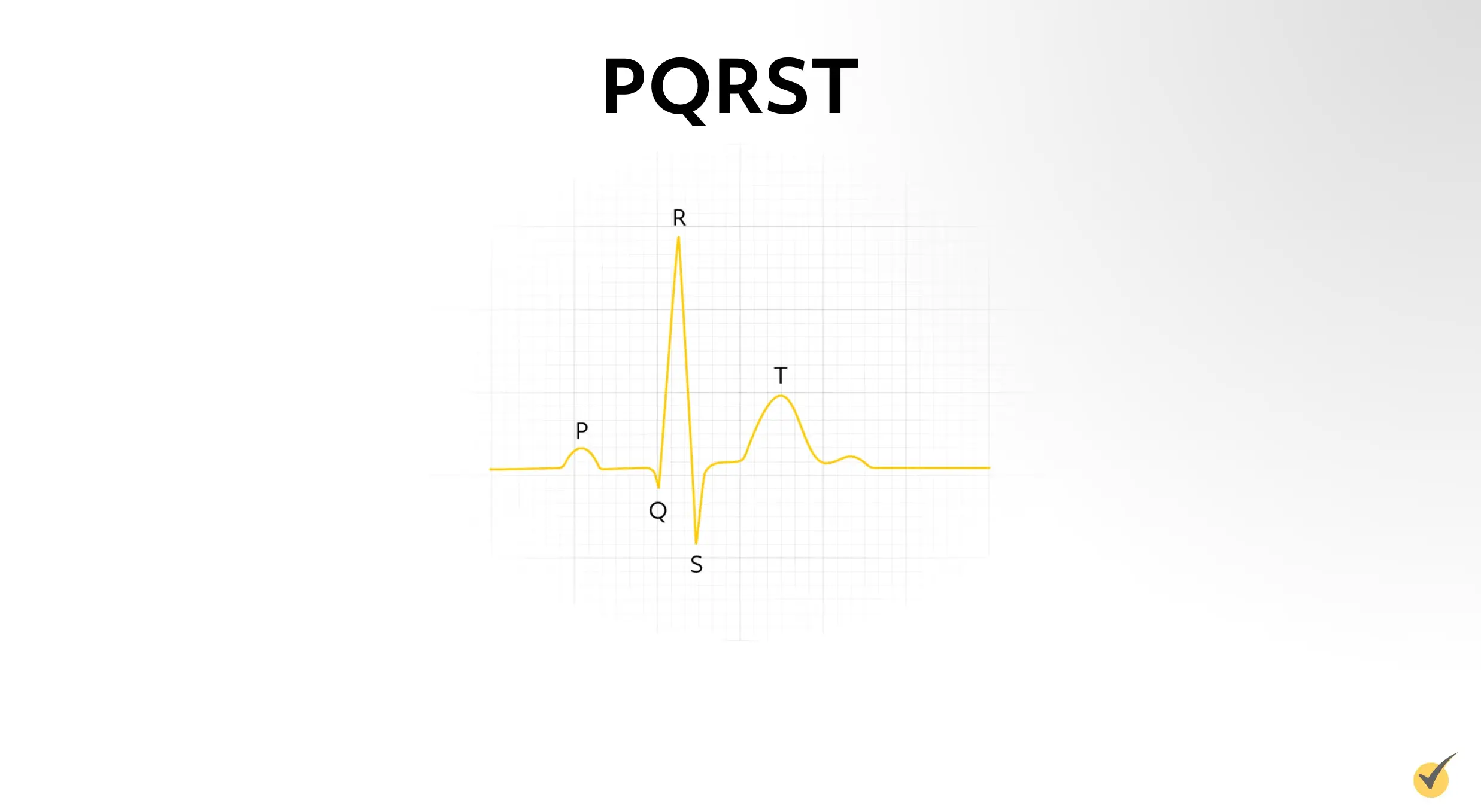
Depending on the number and type of blockages, the patient may need to have an emergent cardiac catheterization to remove the blockage, or open-heart surgery.

